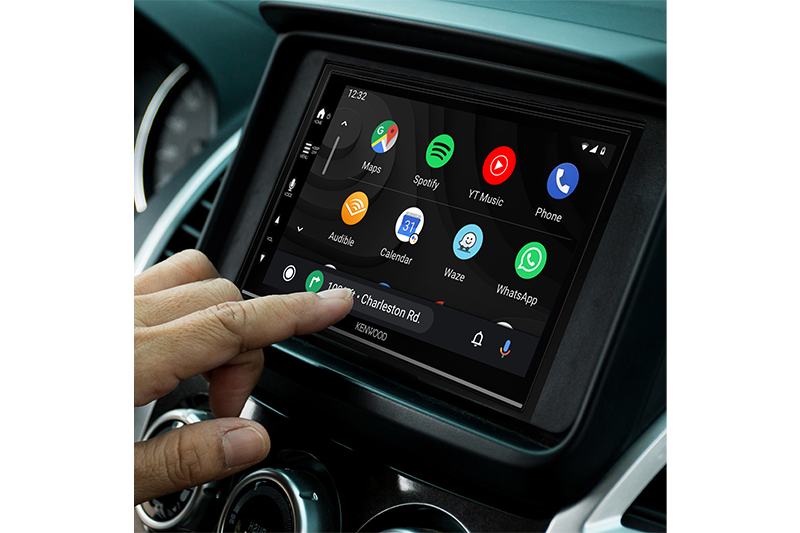How to Do Marine Audio Like a Pro
- stereodepot
- May 19, 2021
- 3 min read

The Very Best in Marine and Boat Stereos and Sound
Here on the west coast, we live the endless summer life. That means we get to enjoy the great outdoors almost every day of the year. Whether you’re cruising around on the highway, off-road – and yes – on the water, the team at Stereo Depot San Diego has you covered on all fronts. We can install aftermarket stereo and sound equipment on virtually any car, truck, motorcycle, or ATV…but today, we want to talk about how to do marine audio like a pro.
Stereo Depot has the best marine speakers and boat stereos money can buy. We’ll make sure that the next time you hit the high seas, you’ll be bumping so hard the fish will feel it.
Marine Audio Gear – More than Just a Color Difference
Yes, marine gear tends to be white and/or silver compared to the darker products you’d see in your car. But just like the Pacific, there’s a LOT more going on under the surface that you might not know. The elements can be tougher than you think on electronic audio systems, which is why marine products are built to withstand all the bumps and salty sea air that are commonplace in boating.
Understanding the marine-grade designation
First, the term “marine-grade” does not necessarily mean waterproof (see IP Rating below). These products are manufactured to withstand elements within marine environments – water splashes or rain, strong winds, and saltwater corrosion – and function long term in those conditions.
What do IP ratings mean & are they important?
Ingress Protection (IP) ratings define levels of sealing effectiveness against foreign bodies like dirt and moisture, indicating which products are best for different purposes.
Each rating will start with the letters IP, which will be followed by two numbers. The first number refers to solid object protection and is rated on a scale of 0 to 6. The second number refers to moisture protection and is rated on a scale of 0 to 8. The higher those two numbers are, the more protection you’re afforded from debris, dirt, and moisture.
For example, a speaker rated IPX5 is water-resistant only, but an IP65 speaker is both water-resistant and dust-proof. Keep IP rating and your own personal boating habits in mind when selecting marine audio products.
How Are Marine Products Built Differently Than Car Audio Products?
Cars and boats are two different animals, so naturally, the speaker and receiver builds are going to vary slightly to account for the moisture and salt that’s common in boating.
1. Receivers – Conformal-coated circuit boards to guard against rust, UV protected & water-resistant faceplates.
2. Speakers – Wider dispersion path for greater sound projection, increased power performance, stronger grilles.
3. Amplifiers – Rubber caps for RCA inputs, silicone boots for fuses, gasket-sealed front covers, conformal-coated circuit boards.
4. Subwoofers – Waterproof rubber gaskets, sealed motors, UV-resistant cones, and improved magnetic shielding.
Shopping Guide
Before you spend a penny, first consider what you generally like to do on the water. When you get out on the water, is it for fishing, watersports (skiing, wakeboarding, tubing), or are you partying it up with big groups of people? The answer will give you an idea of what you need to look for in a marine audio upgrade.
Fishing Boat: Receiver and speakers
Party Barge: Digital receiver, LED speakers, subwoofer, amplifier
Ski or Wakeboard: Digital receiver tower speakers, bonus-power amplifier, powerful subwoofers
Livin’ Large: Multi-zone digital receiver, remote controls, speakers and/or tower speakers, multi-channel & sub amplifiers
Boat usage, size, and model will ultimately narrow down your list of potential marine audio equipment. The best way to see which set-up will be right for your craft is by visiting the team at Stereo Depot San Diego. We can show you the best marine speakers and stereos that have the sound quality you need to bump hard on the high seas.







Comments